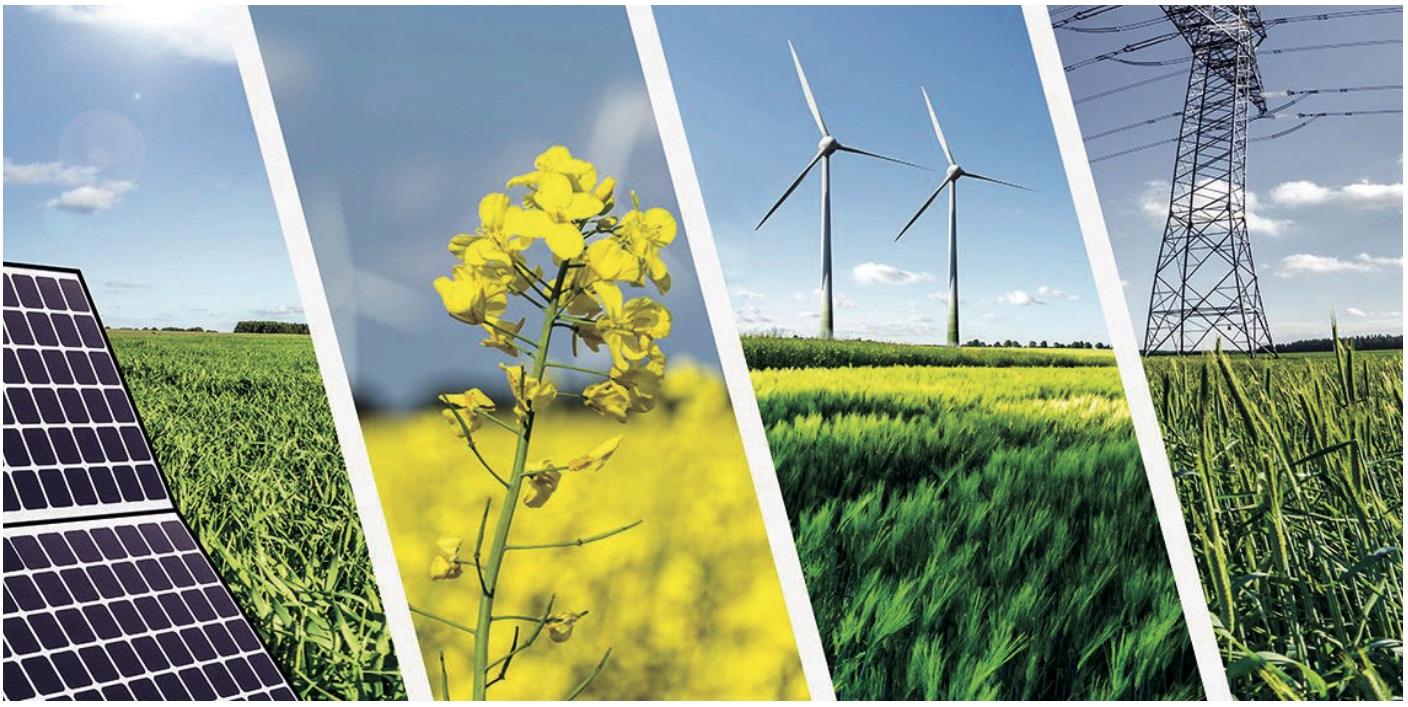A basic view into sustainable energy transition for small, oil-producing developing nations

For over a century, non-renewable fossil fuel energy powered economies, increased global development, and enabled continuous advances in our everyday lifestyles. However, the energy landscape is changing rapidly, driven by a growing concern about the impact of global warming.
Scientists have reported global warming to be primarily driven by anthropogenic activities, particularly from energy industries, through the burning of fossil fuels and deforestation, resulting in the rise in the concentration of carbon dioxide in the atmosphere.
Rising global temperatures are linked to extreme weather events such as heat waves, floods, landslides, drought, wildfires, and rising sea levels. These events have direct impacts on all forms of life, including loss of species, food and water shortages, public health risks, and displacement of people and communities.
Indirect consequences, including disruptions to food production and water crises, have the potential to reverse economic development gains.
This phenomenon initiated a call for a transition from non-renewable fossil fuel energy to renewable alternative energy as a means of safeguarding the sustainability of the global environment amidst rising energy demand.
Since the largest anthropogenic source of carbon emissions is the energy sector, its transformation to reduce greenhouse gas emissions and mitigate climate change is unavoidable. The world’s main energy supply comes from fossil fuels – coal, oil, and natural gas – which generate significant carbon emissions in their extraction, production and consumption.
Furthermore, climate change impacts are not evenly felt worldwide, as low-income countries and geographically vulnerable regions, including small island developing states (SIDS), are likely to be most impacted.
Climate impacts have implications for oil companies and oil-exporting countries. The most important is the speed of transitioning to renewable energy. While energy transition has momentum in certain regions of the world, for example Europe, in others it is slow, and in some cases unmoved.
Also, determining which energy type will prevail, or what the ultimate energy mix, can be difficult. Oil companies and oil-exporting SIDS must consider how best to be part of the renewable energy revolution.
Oil companies can consider a portfolio with both hydrocarbon and renewable assets, rather than completely shifting from hydrocarbons to renewables. For oil-exporting SIDS, such as Trinidad and Tobago, with subsidised prices and rising domestic energy consumption, loosening the hydrocarbon economy can provide for renewable investment.
Although the adoption of renewable energy is advancing quickly, particularly in the electricity sector, it is likely that fossil fuels will continue to occupy the energy landscape for some time. However, what we might see in the future, possibly in oil-exporting SIDS, is the emergence of a viable hybrid energy generation sector, accommodating the use of both types of energy generating resources.
However, it should be noted that although the penetration of renewable energy into the mainstream fossil fuel energy industry has many benefits, there is a strong possibility of negative environmental impacts occurring in the generation of renewable energy.
The production of biofuels, for example, though renewable, can cause unintended environmental consequences when mass-produced. So, even in the coming age of renewable energy advancement, we must exert considerable efforts toward avoiding other forms of environmental issues.